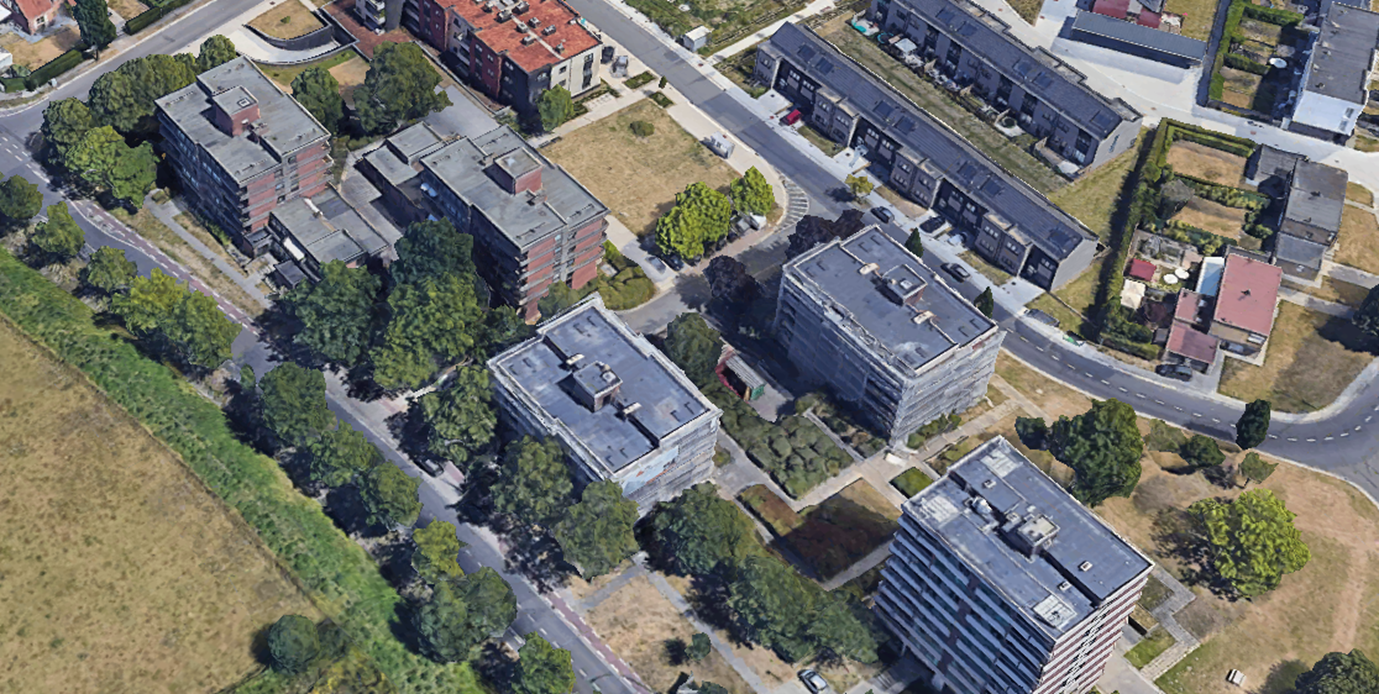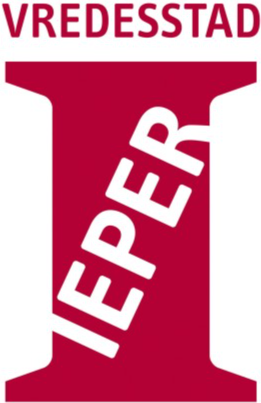The Bijloke site in Ghent: an energetic transformation for a sustainable future
The Bijloke site in Ghent, steeped in rich history and diverse architecture, presents a unique challenge in the quest for a sustainable future. The diversity in use, ownership and age of the buildings on the site makes energy optimization and fossil-free heating a complex task. Nevertheless, the City of Ghent and Hogeschool Gent joined forces to draw up a well thought-out plan, with special attention to the historical context and heritage value of the buildings.
AUDITOR
Ghent City Council
LOCATION
Ghent
PERIOD STUDY
Oct 2023
reference
23015.003
The Bijloke site in Ghent: an energetic transformation for a sustainable future
The Bijloke site in Ghent, steeped in rich history and diverse architecture, presents a unique challenge in the quest for a sustainable future. The diversity in use, ownership and age of the buildings on the site makes energy optimization and fossil-free heating a complex task. Nevertheless, the City of Ghent and Hogeschool Gent joined forces to draw up a well thought-out plan, with special attention to the historical context and heritage value of the buildings.
Historical context and heritage value
The Bijloke site in Ghent is a patchwork of very valuable historic buildings with diverse functions and ages. The site includes Music Center De Bijloke in the 13th century hospital, the city museum STAM in the 14th century abbey buildings and the 17th century monastery building, the KASK and Conservatory in the historic buildings of the old city hospital from the 19th century,... However, due to the high age of the buildings, energy consumption is very high. Moreover, today there is a very outdated shared heating system on the site. The challenge is to address site without compromising the heritage value and preserve the unique historical atmosphere.

Integration of renewable energy sources
In 2023-2024, Ingenium conducted an energy master plan study for this beautiful and special site on behalf of the City of Ghent and HOGENT.
The objective of this study was to establish a long-term vision and energy concept and a phased investment plan for the site: aiming for a significant reduction in CO2 emissions, fossil-free heating, improved indoor comfort, increased renewable energy production, and preparing the buildings for the next 50 years.
During this process, based on the technical, energy, financial and spatial calculation of a number of scenarios, a long-term goal was established, with intermediate steps to meet short-term legal obligations such as the EPC NR energy label, mandatory PV installations, and renovation obligations. This always in close consultation with the City of Ghent and HOGENT, the site managers and users, and the city departments involved.
Long-term vision and concept
An important step of this energy master plan study for the Bijloke site was to map the possibilities for fossil-free heating, a real challenge for this site. It is a balancing act between building interventions that respect heritage value and heat output (radiators, underfloor heating, convectors) in order to achieve acceptable water temperatures for heat pumps. Fossil-free heating also means on the one hand a trade-off between various heat sources for the heat pumps and on the other hand the trade-off between heat production per building or for the whole site. For example, the potential of combinations for shallow geothermal (not easy in an archaeologically rich area), sewage heat, aquathermal and outdoor air was sought. Based on the energy master plan study, the city and the HOGENT are now looking at practical steps to do the first phase of investment, with significant impact on the EPC-NR label.


Bijloke site based on own estimates of the renovation potential of these buildings
(after intensive consultation with HOGent, the city and the city's heritage department




Also bitten by
smart technology?
Come push boundaries with us and help make a difference in our industry-leading projects.










.png)





